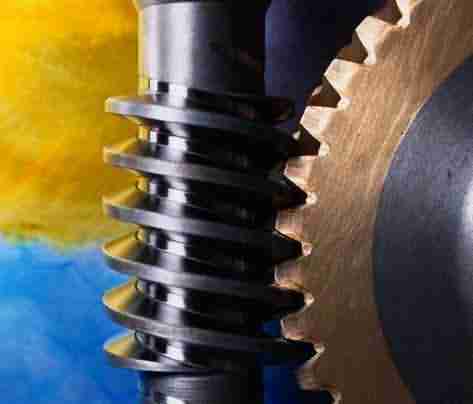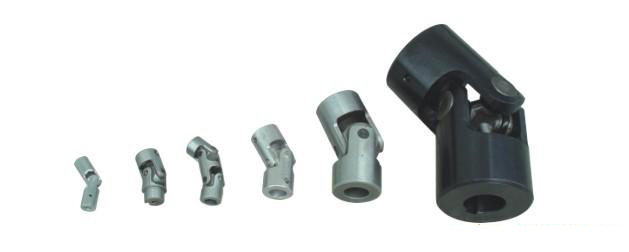GEAR
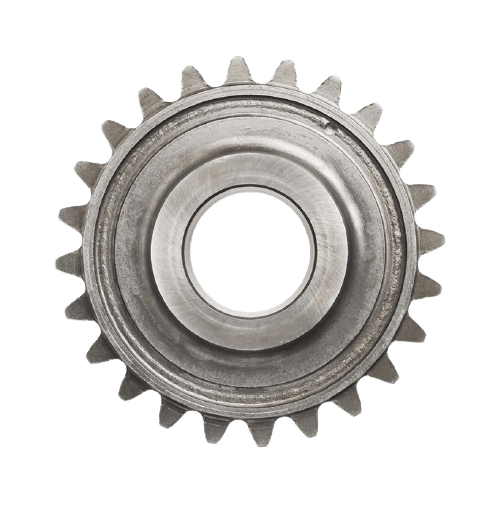
-
PLANET CARRIER
-
RING GEARS
-
Ever-power produce all kinds of helical ring gears
-
Differential Gears
-
Spur gears and Helical gears
-
WORM GEARS & WORMS
-
Bevel Gears and Spiral Bevel gears
-
Coppia braccio
-
Universal Joints
-
Steering joint Assembly
-
Industry Drive Shaft
-
Trcuk driveline / Transmission shaft for Trucks
Spur Gears
The most common type of gears employed, spur gears are constructed with straight teeth cut or inserted parallel to the gear’s shaft on a circular (i.e., cylindrical) gear body. In mated pairs, these gears employ the parallel axes configuration to transmit motion and power. Depending on the application, they can be mated with another spur gear, an internal gear (such as in a planetary gear system), or a gear rack (such as in a rack and pinion gear pair).
The simplicity of the spur gear tooth design allows for both a high degree of precision and easier manufacturability. Other characteristics of spur gears include lack of axial load (i.e., the thrust force parallel to the gear shaft), high-speed and high-load handling, and high efficiency rates. Some of the disadvantages of spur gears are the amount of stress experienced by the gear teeth and noise produced during high-speed applications.
This type of gear is used for a wide range of speed ratios in a variety of mechanical applications, such as clocks, pumps, watering systems, power plant machinery, material handling equipment, and clothes washing and drying machines. If necessary for an application, multiple (i.e., more than two) spur gears can be used in a gear train to provide higher gear reduction.
Helical Gears
Similar to spur gears, helical gears typically employ the parallel axes configuration with mated gear pairs, but, if aligned properly, they can also be used to drive non-parallel, non-intersecting shafts. However, unlike spur gears, these gears are constructed with teeth which twist around the cylindrical gear body at an angle to the gear face. Helical gears are produced with right-hand and left-hand angled teeth with each gear pair comprised of a right-hand and left-hand gear of the same helix angle.
The angled design of helical teeth causes them to engage with other gears differently than the straight teeth of spur gears. As properly matched helical gears come in contact with one another, the level of contact between corresponding teeth increases gradually, rather than engaging the entire tooth at once. This gradual engagement allows for less impact loading on the gear teeth and smoother, quieter operation. Helical gears are also capable of greater load capabilities but operate with less efficiency than spur gears. Further disadvantages include the complexity of the helical tooth design, which increases the degree of difficulty in its manufacturing (and, consequently, the cost) and the fact that the single helical gear tooth design produces axial thrust, which necessitates the employment of thrust bearings in any application which uses single helical gears. This latter necessity further increases the total cost of using helical gears.
|
Type of Gear |
Characteristics |
|
Spur |
|
|
Helical |
|
|
Bevel |
|
|
Worm |
|
|
Rack and Pinion |
|
Bevel Gears
Bevel gears are cone-shaped gears with teeth placed along the conical surface. These gears are used to transmit motion and power between intersecting shafts in applications which require changes to the axis of rotation. Typically, bevel gears are employed for shaft configurations placed at 90-degree angles, but configurations with lesser or greater angles are also manageable.
There are several types of bevel gears available differentiated mainly by their tooth design. Some of the more common types of bevel gears include straight, spiral, and hzpt bevel gears.
Straight Bevel Gears
The most commonly used of the bevel gear tooth designs due to its simplicity and, consequently, its ease of manufacturing, straight bevel teeth are designed such that when properly matched straight bevel gears come into contact with one another, their teeth engage together all at once rather than gradually. As is the issue with spur gears, the engagement of straight bevel gear teeth results in high impact, increasing the level of noise produced and amount of stress experienced by the gear teeth, as well as reducing their durability and lifespan.
Spiral Bevel Gears
In spiral bevel gears, the teeth are angled and curved to provide for more gradual tooth engagement and more tooth-to-tooth contact than with a straight bevel gear. This design greatly reduces the vibration and noise produced, especially at high angular velocities (>1,000 rpm). Like helical gears, spiral bevel gears are available with right-hand or left-hand angled teeth. As is also the case with helical gears, these gears are more complex and difficult to manufacture (and, consequently, more expensive), but offer greater tooth strength, smoother operation, and lower levels of noise during operation than straight bevel gears.
Perché scegliere noi?
(1) Forniamo servizi OEM e presentiamo ai clienti vari stili e design all'avanguardia;
(2) Collaboriamo con i principali clienti del Sud-Est asiatico, dell'Africa, del Medio Oriente, del Nord America e del Sud America;
(3) In base alle esigenze dei clienti nelle diverse regioni, abbiamo abbinato vari stili di riduttori per voi, in modo che i nostri clienti abbiano una grande competitività sul mercato!
(4) Abbiamo più di 20 anni di ricca esperienza nel fornire ai clienti prodotti di alta qualità e i servizi più professionali!
(5) Possiamo esportare le merci in modo flessibile da qualsiasi porto della Cina! Siete invitati a chiedere informazioni!
vantaggio dell'azienda:
1. Grande capacità produttiva e consegna rapida.
2. Regole di controllo della qualità rigorose: tutti i prodotti devono passare l'ispezione 100% prima della consegna.
3. Fornire il servizio OEM/ODM
4. Servizio online 24 ore su 24.
5. Interrogazione delle quotazioni in tempo reale
6. Alta qualità, elevata affidabilità e lunga durata del prodotto.
7. I produttori professionali offrono prezzi competitivi.
8. Lavoratori qualificati, diversificati ed esperti.
Sistema di gestione della qualità:
In HZPT la qualità dei prodotti e dei servizi ha la massima priorità.
I nostri dipendenti ricevono una formazione sui metodi e sui principi della qualità.
A tutti i livelli dell'organizzazione, ci impegniamo a migliorare la qualità dei prodotti e dei processi.
Un impegno così profondo ci ha permesso di attirare la fiducia dei clienti e di diventare il marchio preferito al mondo.
Pacchetto e tempi di consegna
Dimensioni: Disegni
Cassa di legno/contenitore e pallet, o come da specifiche personalizzate.
15-25 giorni per i campioni. 30-45 giorni ordine ufficiale
Porto: porto di Shanghai/Ningbo
Domande frequenti
DOMANDE FREQUENTI:
Al Cliente
Acquistare dalla Cina è redditizio?
La Cina rimane uno dei maggiori fornitori al mondo. Sicuramente i prodotti che avete scelto sono redditizi nei vostri mercati di riferimento, poiché la Cina fornisce al mondo qualità e prezzi competitivi.
2) Devo viaggiare in Cina per acquistare i prodotti?
Ci occupiamo di tutto per voi, in modo che possiate risparmiare sui costi del biglietto aereo, degli hotel e delle spese di viaggio. Tuttavia, se decidete di visitare la Cina, cercheremo di organizzarvi un soggiorno meraviglioso in modo che la vostra esperienza di viaggio sia piacevole.
3) Che tipo di prodotti fornite?
Un'ampia gamma di prodotti industriali, automobilistici e agricoli. Ogni prodotto è assegnato a un team specializzato.
4) Quali sono i miei rischi nell'acquistare dalla Cina o nel lavorare con voi?
In pratica non correte alcun rischio. Noi facciamo gli acquisti per voi e voi potete stare tranquilli con le nostre ispezioni. Se avete tempo di venire in Cina, potete visitarci durante il processo di produzione. Avete accesso alle nostre reti di contatti e al nostro team di vendita. Prenderemo provvedimenti seri per i vostri prodotti come per i nostri. Non c'è bisogno di viaggiare se non si vuole, in quanto si dispone di partner competenti in Cina.
5) Posso trovare da solo il fornitore per i miei prodotti, perché ho bisogno di voi?
Potete farlo. Tuttavia, il vostro investimento sarà molto più elevato. Inoltre, non avete un partner locale che conosce il mercato e può darvi accesso a una rete di opportunità.
Per acquistare i vostri prodotti dalla Cina, dovete avere un ufficio locale per firmare i contratti con i fornitori, un team di ingegneri per effettuare ispezioni di qualità e quantità di volta in volta. È necessario conoscere le fonti delle materie prime e l'importante è evitare l'out-sourcing.
6) Come siete strutturati?
Abbiamo diversi reparti, ognuno specializzato in ogni singolo aspetto. Possiamo fornire assistenza logistica, assistenza al sourcing, assistenza alle ispezioni e assistenza legale.
7) Questo servizio è riservato alle grandi aziende?
No, siamo sicuri che dalla prima volta che la corporazione si ottiene la fiducia calda per mantenere il vostro business con noi, come il nostro rapporto basato sull'onestà e vantaggi reciproci, così in futuro si ingrandirà il vostro business. Ci prendiamo cura di voi e vi facciamo essere molto più forti di prima. Andiamo insieme di forza in forza.
Diamo il benvenuto a qualsiasi azienda, dalle piccole alle grandi, progrediamo. . .
Per ulteriori domande si prega di inviare un'e-mail
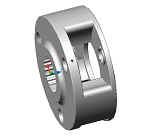

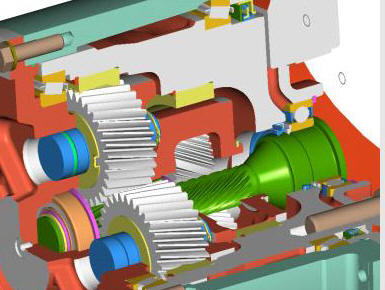

/helica1.jpg)
